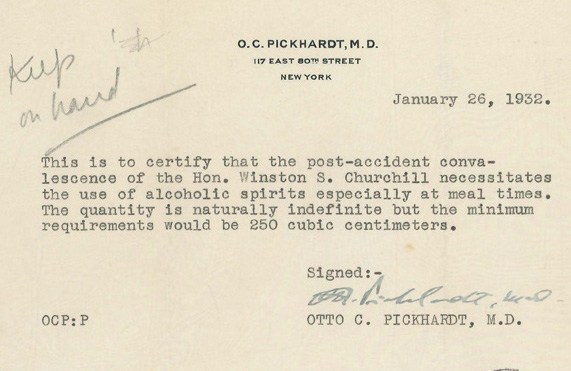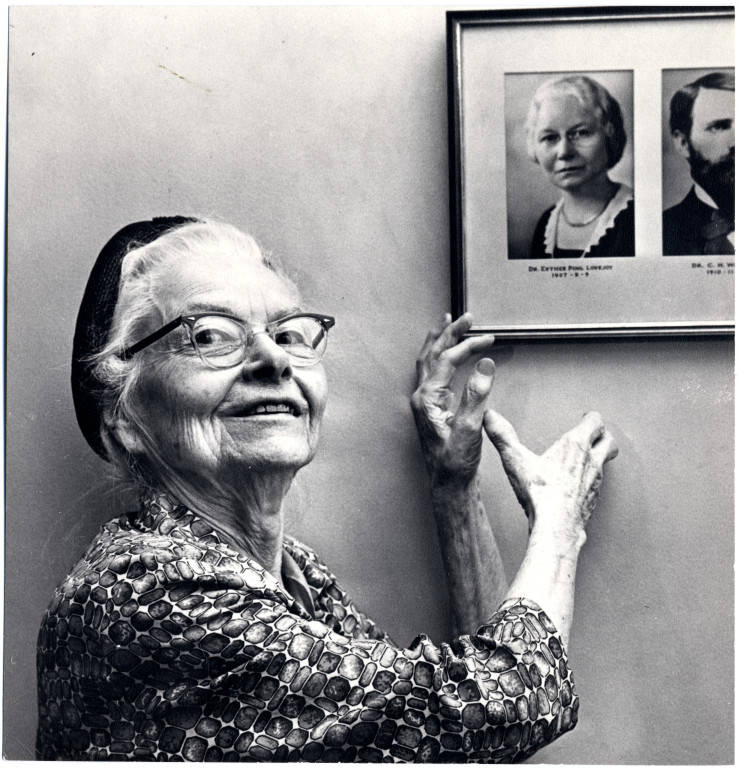I cannot write about Nigerian bandleader, saxophonist, and founder of the Afrobeat sound, Fela Anikulapo Kuti, with any degree of objectivity, whatever that might mean. Because hearing him counts as one of the greatest musical eye-openers of my life: a feeling of pure elation that still has not gone away. It was not an original discovery by any means. Millions of people could say the same, and far more of those people are African fans with a much better sense of Fela’s mission. In the U.S., the playfully-delivered but fervent urgency of his activist lyricism requires footnotes.
Afrobeat fandom in many countries does not have to personally reckon with the history from which Fela and his band emerged—a Nigeria wracked in the 60s by a military coup, civil war, and rule by a succession of military juntas. Fela (for whom the first name never seems too familiar, so enveloping was his presence on stage and record) created the conditions for a new style of African music to emerge, an earth-shattering fusion of jazz, funk, psych rock, high life from Ghana, salsa, and black power, anti-colonial, and anti-corruption politics.
He took up the cause of the common people by singing in a pan-African English that leapt across borders and cultural divides. In 1967, the year he went to Ghana to craft his new sound and direction, his cousin, Nobel-prize winning writer Wole Soyinka, was jailed for attempting to avert Nigeria’s collapse into civil war. Fela returned home swinging three year later, a burgeoning superstar with a new name (dropping the British “Ransome” and taking on the Yoruba “Anikulapo”), a new sound, and a new vision.
Fela built a commune called Kalakuta Republic, a home for his band, wives, children and entourage. The compound was raided by the military government, his nightclub shut down, he was beaten and jailed hundreds of times. He continued to publish columns and speak out in interviews and performances against colonial hegemony and post-colonial abuse. He championed traditional African religious practices and pan-African socialism. He harshly critiqued the West’s role in propping up corrupt African governments and conducting what he called “psychological warfare.”
What would Fela have thought of Fela Kuti: the Father of Afrobeat, the documentary about him here in two parts? I don’t know, though he might have had something to say about its source: CGTN Africa, a network funded by the Chinese government and operated by China Central Television. Debate amongst yourselves the possible propaganda aims for disseminating the film; none of them interfere with the vibrant portrait that emerges of Nigeria’s most charismatic musical artist, a man beloved by those closest to him and those farthest away.
Find out why he so enthralls, in interviews with his band and family, flamboyant performance footage, and passionate, filmed interviews. Part guru and radical populist hero, a bandleader and musician as tirelessly perfectionistic as Duke Ellington or James Brown—with the crack band to match—Fela was himself a great propagandist, in the way of the greatest self-made star performers and revolutionaries. With force of will, personality, endless rehearsal, and one of the greatest drummers to come out of the 20th century, Tony Allen, Fela made a national struggle universal, drawing on sources from around the global south and the U.S. and, since his death in 1997, inspiring a Broadway musical and wave upon wave of revival and rediscovery of his music and the jazz/rock/Latin/traditional African fusions happening all over the continent of Africa in the 60s and 70s.
No list of superlatives can convey the feeling of listening to Fela’s music, the unrelenting funkiness that pulses from his band’s complex, interlocking polyrhythms, the serpentine lines his saxophone traces around righteous vocal chants and wah guitars. Learn the history of his struggle, by all means, and cast a wary eye at those who may use it for other means. But let no extra-musical concerns stop you from journeying through Fela’s catalog, whether as a curious tourist or as someone who understands firsthand the musical war he waged on the zombie relics of empire and a militarized anti-democratic government.
Fela Kuti: the Father of Afrobeat will be added to our collection Free Documentaries, a subset of our collection, 4,000+ Free Movies Online: Great Classics, Indies, Noir, Westerns, Documentaries & More.
Related Content:
Watch a Young Bob Marley and The Wailers Perform Live in England (1973): For His 70th Birthday Today
Every Appearance James Brown Ever Made On Soul Train. So Nice, So Nice!
Josh Jones is a writer and musician based in Durham, NC. Follow him at @jdmagness





